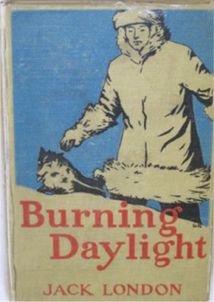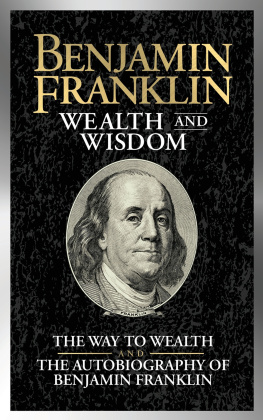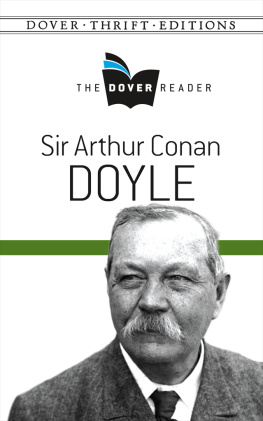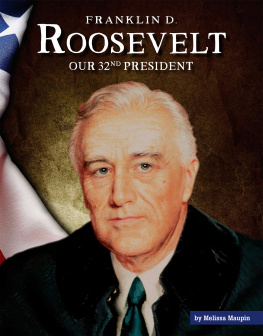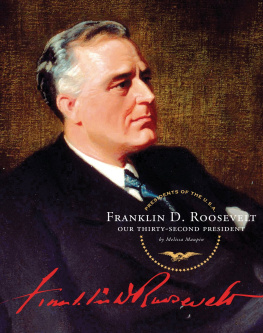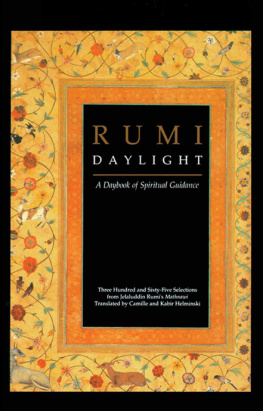

SEIZE THE DAYLIGHT
THE CURIOUS AND CONTENTIOUS STORY OF DAYLIGHT SAVING TIME
Copyright 2005 by David Prerau

Published by
Thunders Mouth Press
An Imprint of Avalon Publishing Group, Inc.
245 West 17th Street, 11th Floor
New York, NY 10011
First printing April 2005
First trade paperback edition 2006
Page 237 represents an extension of this copyright page.
All rights reserved. No part of this publication may be reproduced or transmitted in any form or by any means, electronic or mechanical, including photocopy, recording, or any information storage and retrieval system now known or to be invented, without permission in writing from the publisher, except by a reviewer who wishes to quote brief passages in connection with a review written for inclusion in a magazine, newspaper, or broadcast.
Library of Congress Cataloging-in-Publication Data is available.
ISBN: 978-0-7867-3695-9
9 8 7 6 5 4 3 2 1
Book design by Maria E. Torres
Distributed by Publishers Group West
For Gail and Michael
Contents
HORAS NON NUMERO NISI STIVAS
(I mark only the summer hours)
Inscription on the William Willett Memorial, Petts Woods, Kent, England
And the best of all ways
To lengthen our days
Is to steal a few hours from the night
Thomas Moore, The Young May Moon
B enjamin Franklin conceived of it. Sir Arthur Conan Doyle endorsed it. Winston Churchill campaigned for it. Kaiser Wilhelm first employed it. Woodrow Wilson and Franklin Roosevelt went to war with it, and, more recently, the United States fought an energy crisis with it. For several months each year, for better or worse, it affects vast numbers of people throughout the world. And for one hundred years it has been a subject of recurring controversy in the United States, Britain, and dozens of other countries. But to trace the beginnings of daylight saving time, we must look first to Paris.
Benjamin Franklin was astonished.
An accidental sudden noise waked me about six in the morning, he wrote in a whimsical letter to the Journal de Paris, when I was surprised to find my room filled with light. I imagined at first that a number of lamps had been brought into the room; but rubbing my eyes I perceived the light came in at the windows. The year was 1784, and the seventy-eight-year-old Franklinstatesman, author, and scientistwas living in Paris while serving as the American minister to France. His attendant had forgotten to close the shutters the previous evening, and when Franklin saw the sunlight streaming through his windows, he checked his watch. It was just six oclock in the morning.
Still thinking it something extraordinary that the sun should rise so early, Franklin continued, I looked into the almanac, where I found it to be the hour given for the suns rising on that day. [Those] who with me have never seen any signs of sunshine before noon, and seldom regard the astronomical part of the almanac, will be as much astonished as I was, when they hear of its rising so early; and especially when I assure them that it gives light as soon as it rises. I am convinced of this. I am certain of my fact. One cannot be more certain of any fact. I saw it with my own eyes. And, having repeated this observation the three following mornings, I found always precisely the same result.
Franklins discovery led to several serious and important reflections. He realized that had he risen at noon as usual, he would have slept through six hours of sunlight. In exchange, he would have been up six additional hours that evening by candlelight. Since candlelight was much more expensive than sunlight, Franklins love of economy induced him to muster up what little arithmetic he had mastered to calculate how much the city of Paris could save by using sunshine instead of candles.
For the six months between March 20 and September 20, Franklin estimated that on average Parisians would sleep seven hours after sunrise, and therefore could save seven hours of candlelight if they rose with the sun. Thus, he computed:
Number of nights from March 20 to September 20: | |
Hours each night when candles are burned: | |
Total hours (183 7): | 1,281 |
Families in Paris: | 100,000 |
Total hours in Paris spent by candlelight: | 128,100,000 |
Total weight of candles consumed, at half a pound of wax and tallow per hour: | 64,050,000 pounds |
Total cost, at 30 sols per pound: | 96,075,000 livres tournois |
Ninety-six million livres tournois is the equivalent of about $200 million todayan immense sum that the city of Paris might save every year by the economy of using sunshine instead of candles! Moreover, Franklin added, You may observe that I have calculated upon only one half of the year, and much may be saved in the other, though the days are shorter. Besides, the immense stock of wax and tallow left unconsumed during the summer will probably make candles much cheaper for the ensuing winter.
Although Franklin wrote in what one historian termed a happy combination of humor and prudent instruction, he had obviously given the subject much thought. In fact, the germ of his idea can be traced back many years. In 1757 he made a similar observation in London: In the summer, when the days are long... in walking thro the Strand and Fleet-street one morning at seven oclock, I observd there was not one shop open, tho it had been daylight and the sun up above three hours; the inhabitants of London chusing voluntarily to live much by candlelight, and sleep by sunshine, and yet often complain, a little absurdly, of the duty on candles and the high price of tallow.
Although Franklin quite intentionally overstated the total savings by assuming that all Parisians slept until noon, he was serious about the underlying principle. He concluded: It is impossible that so sensible a people, under such circumstances, should have lived so long by the smokey, unwholesome, and enormously expensive light of candles, if they had really known that they might have had as much pure light of the sun for nothing.
To remedy this waste of both sunlight and candles, Franklin became the first proponent of government action to alter the hours of human activity to make the best use of daylight. Continuing in the whimsical yet practical vein of his letter to the Journal, he put forward a four-pronged Economical Project:
1. Let a tax be laid... on every window that is provided with shutters to keep out the light of the sun.
2. Let... no family be permitted to be supplied with more than one pound of candles per week.
3. Let guards be posted to stop all coaches, etc. in the streets after sunset....
4. Every morning, as soon as the sun rises, let all the bells in every church be set ringing; and if that is not sufficient, let cannon be fired in every street, to wake the sluggards effectively, and make them open their eyes to their true interest.
This prudent plan was certainly in keeping with the man who, in Poor Richards Almanack, had written Early to bed and early to rise makes a man healthy, wealthy, and wise (though obviously he had not always practiced what he preached). Fortunately for late-sleeping Parisians, Franklins Economical Project was never put into effect.
Next page

